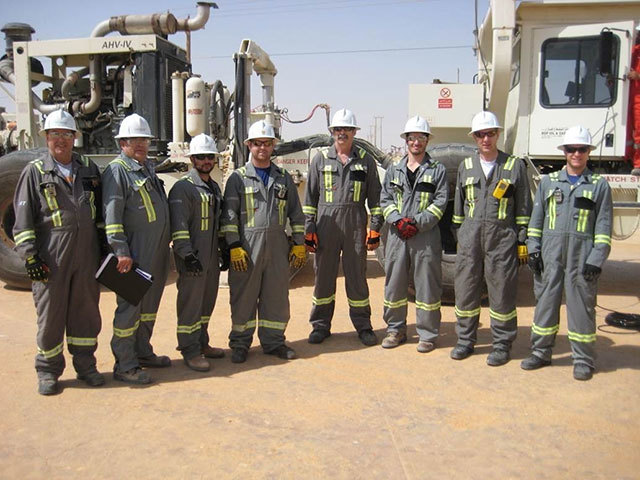
Innovative use of fibre optics to real-time monitor oil and gas assets could be a real game-changer for the industry.
By using the same technology originally developed by the Ministry of Defence to pick out an individual voice in a room full of chattering people, fibre optic cables can be adapted into microphones for seismic sensing of assets. This is known as distributed acoustic sensing (DAS).
Already used in the transport – Eurostar uses the technology in their track security system – and defence sectors, the technology from OptaSense – part of the MoD’s commercial arm Qinetiq – offers a wide range of uses for the energy sector.
OptaSense managing director Magnus McEwen-King says the technology has the potential to give operators “information they have never seen before” as well as providing a cheaper and more effective means of accessing existing information such as vertical seismic profiling.
“What we do is convert a fibre optic cable, which is next to the assets, into a nervous system and we listen to what is going on,” McEwan-King tells Energy.
“We have a brain behind the fibre ear and we can convert this into decision-making information for a customer.”
The firm’s chief technology officer David Hill says: “We are turning the lights on. Although it’s a series of microphones, the imagery is the powerful thing here.”
Last month, the system was installed by Petroleum Development Oman to provide the industry’s first multi-well 4D DAS vertical seismic profiling.
The technology will be used to monitor the performance of up to 12 steam-injected oil wells in a brownfield development in the South Oman Salt Basin.
Fibre optic sensing connected to each well will be integrated into PDO reservoir monitoring programmes, giving the company a better picture of the reservoir and guidance on where to position future infill wells.
A marinised, or water-proof, version of the technology is also being developed in collaboration with Shell and McEwen-King says the technology will receive qualification in May, with commercial roll-out likely from 2015 onwards.
“The big game-changer in the North Sea will be the vertical seismic profiling and flow profiling of oil wells offshore,” says McEwen-King.
“The lower hanging fruit for us is very much in the new wells because the optimum place to put the fibre will be during the casing. And where there is workover being done in wells, a number of operators are putting fibre in.
“Being able to take a flow measurement offshore without well intervention is a real game changer.”
McEwen-King says the system is also being used for infrastructure security and monitoring of oil and gas assets across the world.
An example is monitoring of a 1,067km section of the BP BTC pipeline in Turkey, which carries about 1million barrels of oil a day.
McEwen-King says: “It’s being used by the customer as a security mode. We are giving the security directors the information about where activity is working on a pipeline. That enables them to decide where to put security patrols for the day.”
The system identifies different activities, such as a car stopping or digging in the ground, based on their unique acoustic fingerprint. It has then created a traffic lights system, issuing red alerts for activities which are deemed a threat to the pipeline.
In the US shale gas sector, the technology is currently being used to help drilling companies with their hydraulic fracturing programmes (HFP).
Hill says DAS enables real-time assessment of the first phase of the frack process.
“For the first time we are seeing the effect across the entire well-bore of what that perforation is doing,” says Hill.
He says it can also be used for micro-seismic – earthquake – event detection and permanent flow monitoring of wells.
“In every well we look at we can see the dynamics of what is happening; if you can monitor it, you can control it,” adds Hill.
Recommended for you
